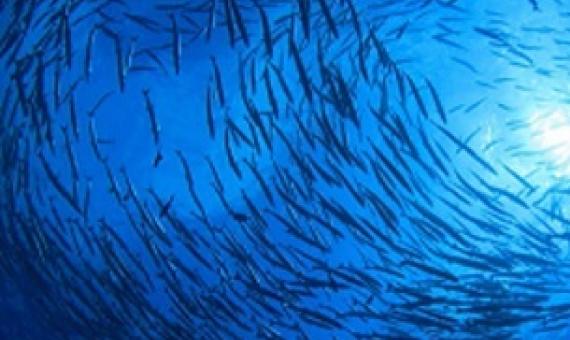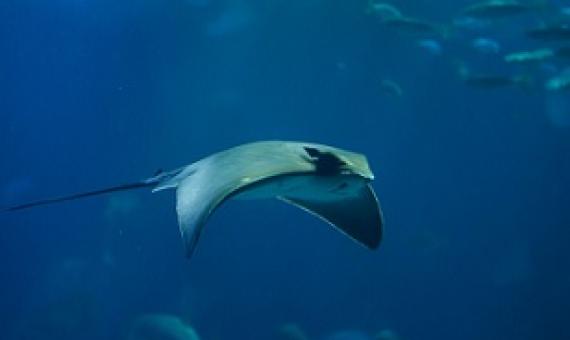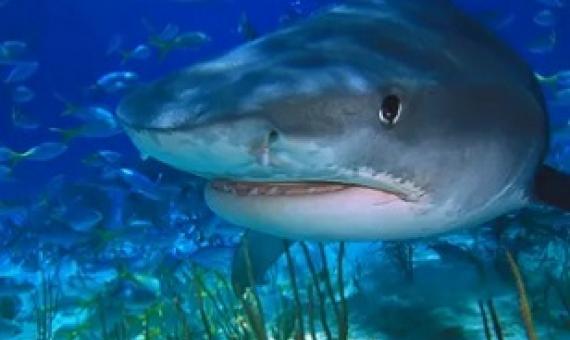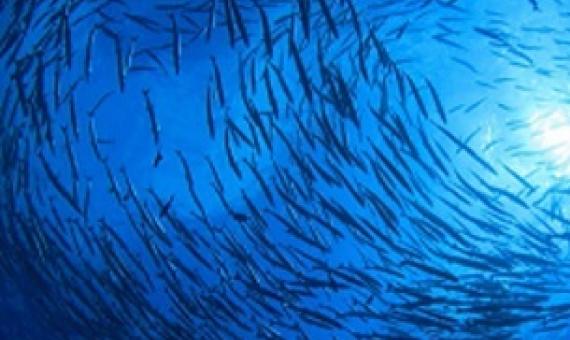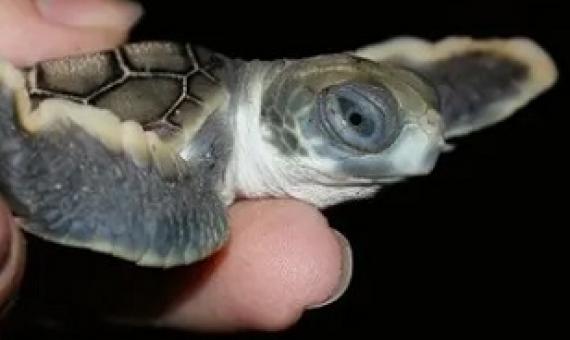Viewers are reacting to Netflix’s new original documentary Seaspiracy, which sets out to explore the damage being done to marine life such as sharks, dolphins and whales by the global fishing industry.
New updates on the conservation status of sharks and rays released today by the International Union for Conservation of Nature (IUCN) show that 39 additional species are now facing a risk of extinction in the wild.
Sharks are critical in helping ecosystems recover from extreme climatic events, according to a new study.
A growing number of countries are pledging to protect and conserve at least 30 percent of the ocean by 2030. Securing such a vast area requires new cutting-edge technology to monitor illegal activities and movements of species.
Marine Protected Areas - Review of FGEF's cofinanced project experiences. Assessment carried out by Thierry Clement ... et al.
France has an important role and extensive responsibilities in protecting the world's oceans. It is the world's third
largest maritime power with an Exclusive Economic Zone (EEZ) covering 11 million km2, and has the fourth
largest area of coral reefs representing biodiversity hotspots.
According to a recent Nature Conservancy assessment, only 1% of marine areas (as against 12 % of all land
areas) are officially protected today, despite government commitments under the UN Convention on Biological
Solomon Islands 5th (Fifth) National Report on the Implementation of the Convention on the Biological Diversity
The biodiversity of the Solomon Islands, in general, is in good health. Low human population density, uninhabited islands, difficulties to access and use natural resources, and customary and legal protection, in various ways, can help explain this. Threats to the countrys biodiversity are mainly localized and vary across islands, biomes, ecosystems, corridors and taxonomy. In recent years habitat destruction and overexploitation of wildlife has had enormous pressure on all types of biomes.
Priority sites for conservation in the Cook Islands: key biodiversity areas and important bird areas.
The Key Biodiversity Areas and Important Bird Areas (KBA's
& IBA's) approach is a simple, effective means of
implementing the protected areas elements of the Convention of Biological Diversity (CBD). KBAs and IBAs are places of
international importance for the conservation of biological diversity through protected areas and other governance mechanisms.Available onlineCall Number: [EL]Physical Description: 38 p
Queensland’s environmental authorities have raised alarm about large numbers of flatback turtle hatchlings that are dying soon after leaving the nest in the waters along the Capricorn coast region of Queensland.
Effects of whale-based tourism in Vava’u, Kingdom of Tonga: Behavioural responses of humpback whales to vessel and swimming tourism activities
Vava’u, Kingdom of Tonga, is a well-established whale-watching destination in the South Pacific. Between July and October, the waters around the archipelago represent one of the most important breeding grounds for Oceania humpback whales (Megaptera novaeangliae). The Tongan government allows tourist swimming activities with whales and tour operators strongly promote the practice of swimming-with-whales, focusing primarily on mother-calf pairs.
Far beneath the ocean surface, a cacophony of industrial noise is disrupting marine animals’ ability to mate, feed and even evade predators, scientists warn. With rumbling ships, hammering oil drills and booming seismic survey blasts, humans have drastically altered the underwater soundscape

